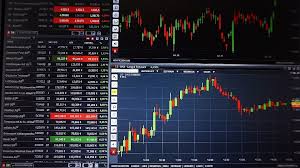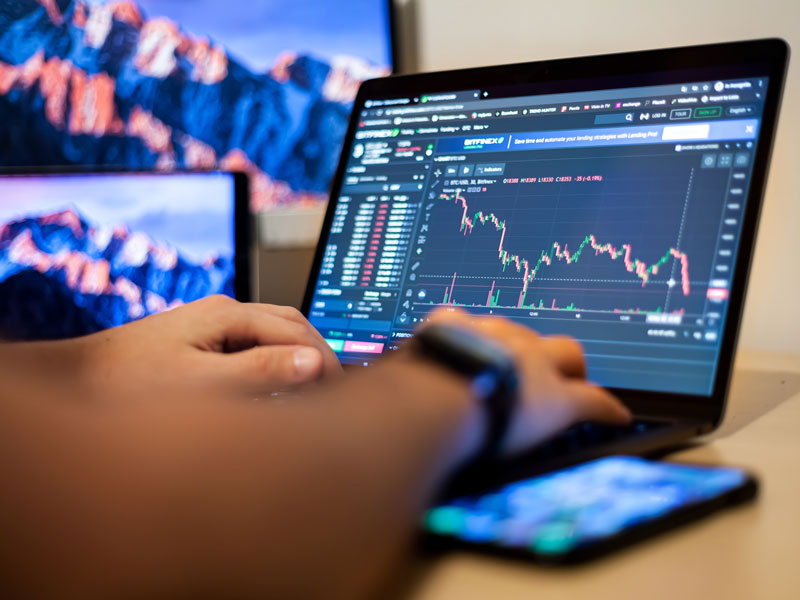
How to Start Forex Trading: A Beginner’s Guide
Forex trading, or foreign exchange trading, is the act of buying and selling currencies in the foreign exchange market. With a daily trading volume that surpasses $6 trillion, Forex is one of the most liquid financial markets in the world. If you’re interested in learning how to start Forex trading, you’ve come to the right place. This guide will provide you with insight into how to begin, what resources to utilize, and useful tips to increase your chances of success in this dynamic market. To learn more about reliable platforms, check out how to start forex trading Forex Brokers in Argentina.
Understanding the Forex Market
The Forex market is decentralized and operates 24 hours a day, five days a week. This means you can trade at almost any time, making Forex an attractive option for traders around the globe. Currencies are traded in pairs, with the value of one currency compared to another, for example, EUR/USD, which compares the Euro to the US Dollar. To start trading, it’s essential to understand how these currency pairs work and the factors that influence their prices.
Getting Started with Forex Trading
1. Educate Yourself
The first step in starting Forex trading is to educate yourself about the market. You can find countless resources online, such as articles, videos, and webinars that cover various aspects of Forex trading. Look for reputable websites, trading forums, and online courses. Understanding terms like pips, spread, leverage, and margin will be crucial as you delve deeper into trading.
2. Choose a Trading Style

Forex trading is not a one-size-fits-all process, and different trading styles suit different personalities and schedules. Here are the three primary trading styles:
- Day Trading: Day traders open and close positions within the same trading day. This requires constant monitoring of the market but can yield quick profits.
- Swing Trading: Swing traders hold positions for several days to capture shorter-term market moves. This style is less intense than day trading but still involves regular market analysis.
- Position Trading: Position traders take a long-term view of the market, holding trades for weeks or even months. This style requires less daily attention, but you must have a strong understanding of market fundamentals.
3. Select a Forex Broker
Choosing the right Forex broker is a critical step in your trading journey. Look for a broker that offers a user-friendly trading platform, competitive spreads, and a range of currency pairs. Check their regulatory status, as a regulated broker provides a higher level of security for your funds. Always read reviews and do your due diligence before opening an account.
Setting Up a Trading Account
Once you’ve selected a broker, the next step is to set up your trading account. Brokers typically offer different types of accounts, including demo accounts that allow you to practice trading without risking real money. A demo account is an excellent way for beginners to familiarize themselves with the trading platform and test their strategies.
Creating a Trading Plan
A trading plan is an essential component of successful trading. It outlines your trading strategy, risk management practices, and overall trading objectives. Here are some key elements to include in your trading plan:
- Trading Goals: Define what you want to achieve with your trading. Set realistic and measurable goals.
- Risk Management: Determine how much capital you are willing to risk on each trade and set stop-loss orders to protect your investments.
- Entry and Exit Strategies: Establish clear criteria for when you will enter and exit trades based on technical or fundamental analysis.
Mastering Trading Strategies

There are various trading strategies you can employ in Forex trading. Some traders rely on technical analysis, which involves using price charts and indicators to forecast future price movements. Others may focus on fundamental analysis, which examines economic indicators, news, and events impacting currency values. Some popular technical analysis tools include:
- Moving Averages: Used to identify trends and reversals in currency pairs.
- Relative Strength Index (RSI): Helps identify overbought or oversold conditions.
- Bollinger Bands: Visualizes volatility and potential price breakouts.
Practice and Refine Your Skills
As with any skill, practice makes perfect. Spend time trading on your demo account and refining your strategies before committing real capital. This process will help you understand your risk tolerance, improve your decision-making, and build your confidence as a trader.
Emotional Discipline in Trading
Forex trading can be stressful, and emotions can often cloud your judgment. It’s essential to cultivate emotional discipline and stick to your trading plan. Set rules for yourself and avoid making impulsive decisions based on fear or greed. Keeping a trading journal can also help you track your performance, note your emotional responses, and analyze your trades over time.
Continuing Your Education
The Forex market is constantly changing, and staying updated on market trends, news, and economic developments is crucial for a successful trading career. Consider joining trading communities, reading Forex news, or attending webinars to keep your knowledge fresh. Ongoing education will not only enhance your skills but also help you adapt to new market conditions more effectively.
Conclusion
Starting Forex trading can be an exciting and potentially rewarding venture. By educating yourself, developing a solid trading plan, and practicing your strategies, you’ll be well on your way to becoming a successful trader. Remember that there is no shortcut to success; patience and discipline are your best allies in this journey. Good luck, and happy trading!
